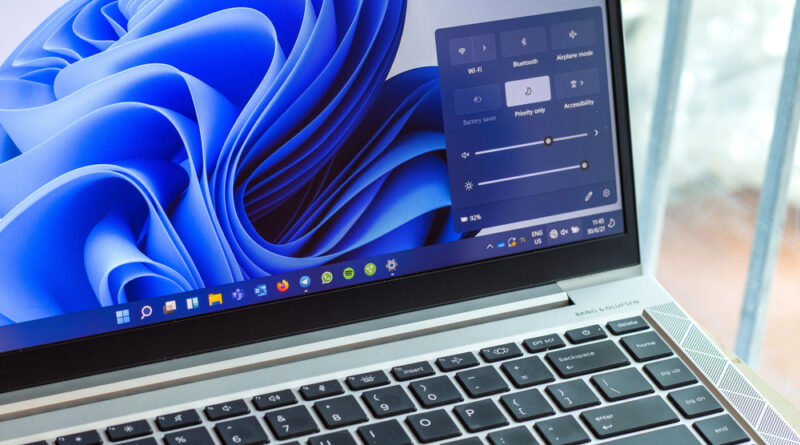Microsoft’s May Patch Tuesday Arrives Amid Active Zero-Day Attacks — Immediate Updates Urged
Windows administrators face another race against the clock after Microsoft’s May 2025 Patch Tuesday landed with fixes for 72 security flaws, including five zero-day vulnerabilities already exploited in the wild. Security researchers warn that threat actors began leveraging several of these weaknesses before patches were published, turning the traditional “Exploit Wednesday” into a pre-Patch Tuesday offensive.
The Zero-Day Line-Up
| CVE | Component | Impact | Affected OS | Status |
|---|---|---|---|---|
| 2025-30397 | Windows Scripting Engine | Remote code execution via memory corruption (requires Edge in IE Mode + malicious link) | All Windows versions | Active exploitation |
| 2025-32709 | Ancillary Function Driver for WinSock | Local elevation to ADMIN | Windows Server 2012 + | Active exploitation |
| 2025-32701& 32706 | Common Log File System (CLFS) Driver | Local elevation to SYSTEM | All Windows versions | Active exploitation |
| 2025-30400 | Desktop Window Manager | Local elevation to SYSTEM | Windows 10 / Server 2016 + | Active exploitation |
Security teams flag CVE-2025-30397 as the highest-risk issue because it enables network-based code execution once a target is lured into Internet Explorer compatibility mode—still common inside large enterprises where legacy web apps persist.
Why These Flaws Matter
-
Privilege-escalation chains: Four of the five zero-days grant attackers SYSTEM-level control, an ideal springboard for ransomware or data-exfiltration campaigns.
-
Enterprise exposure: Organisations that rely on IE Mode or legacy logging functions (CLFS) may have the required preconditions already enabled, lowering attack complexity.
-
Speed of weaponisation: Proof-of-concept exploits often appear on dark-web marketplaces within hours of disclosure, compressing defenders’ response windows.
Patch & Mitigation Checklist
-
Deploy May 2025 cumulative updates across Windows 10, 11, and all supported Server builds without delay.
-
Audit IE Mode usage; disable “Allow sites to be reloaded in Internet Explorer” where business-critical apps no longer depend on it.
-
Harden endpoint privilege controls (e.g., LAPS, Credential Guard) to limit post-exploitation lateral movement.
-
Monitor CLFS and WinSock driver activity for anomalous privilege changes or process injections.
-
Run vulnerability scans to confirm CVE patches applied; schedule follow-up scans after phased rollouts.
Bigger Picture
May marks the third Patch Tuesday in 2025 where multiple zero-days were already under attack, underscoring a persistent shift in adversary tactics from “weaponise after patch” to “weaponise on disclosure.” With six additional critical remote-code-execution bugs also resolved this month, Microsoft’s update haul reinforces the need for rapid, risk-based patching strategies rather than traditional monthly maintenance windows.
Bottom line: Windows users—especially corporate IT teams—should push the May security updates to the top of their to-do lists. Delay leaves endpoints open to exploits that attackers have wasted no time turning against unpatched systems.
Photo Credit: DepositPhotos.com

